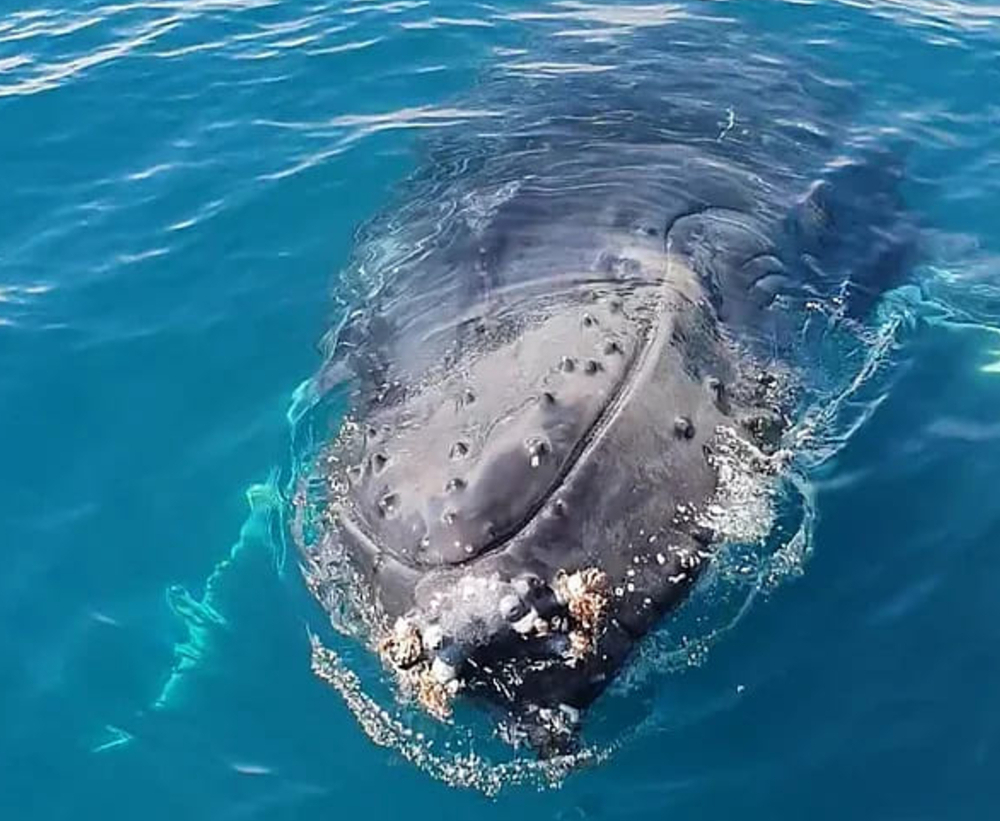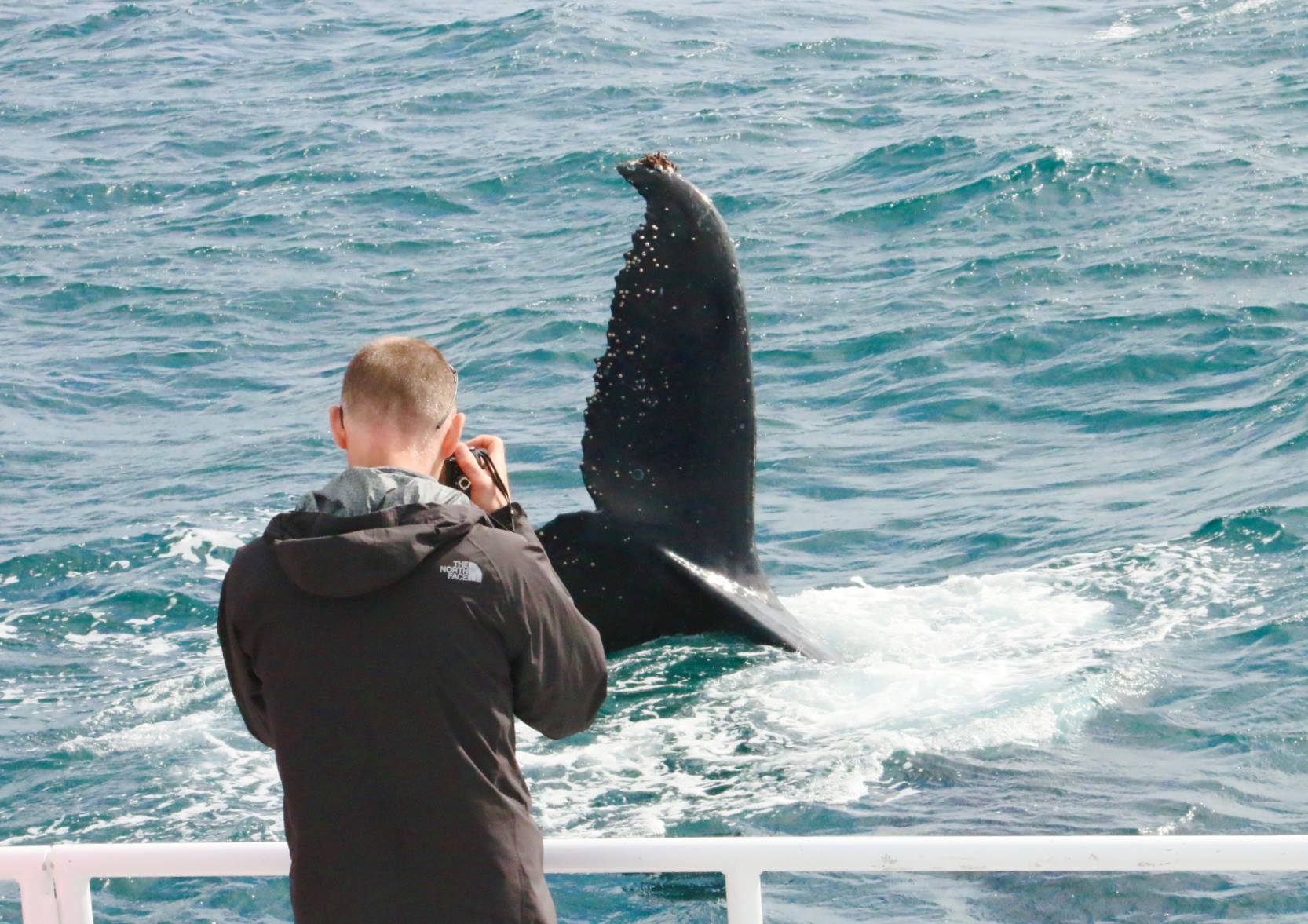One of the most valuable and non-invasive tools to learn about whale and dolphin populations is to use photographic identification. All species are highly mobile, and may only be in an area for a short period of time. Others are found far from shore and some whales undertake migrations of epic proportions, all factors that make them difficult to study.
Fortunately, individual whales and dolphins (cetaceans) differ in their physical appearance just like humans. The differences are easy to spot once you know what to look for. Markings such as colouration, scars, nicks and notches in fins and flukes and variations in body markings can be used like fingerprints in humans to identify individuals.
We have a photographer on board all Bremer Canyon expeditions and we supply photographs of all cetacean species to research institutions and national and international databases to contribute to building an understanding of some of the southern oceans most iconic species.
Our guests are also invited to contribute to this important citizen science initiative by donating their photos taken on board from all of our operating locations.
Below we look at the characteristics researchers use to identify the cetaceans we encounter.

Killer Whale (Orca)
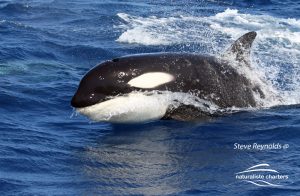
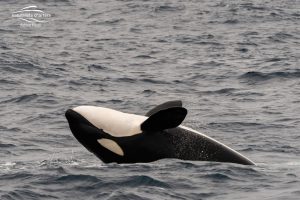
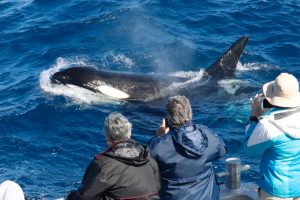
Killer whales (orca) are identified by variations in nicks and notches in the dorsal fin, variations in dorsal fin shape and size and variations in the shape of the white eyepatch and the grey marking behind the dorsal fin called the saddle patch.
Humpback Whales
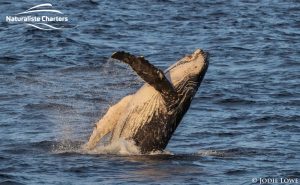
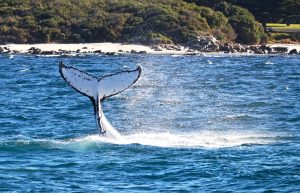
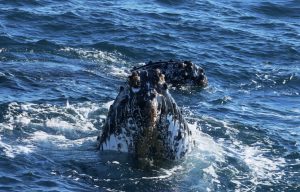
Humpback whales are identified by variations in colour patterns of the ventral side of the fluke (tail) and/or of dorsal fin and flank.
Southern Right Whales
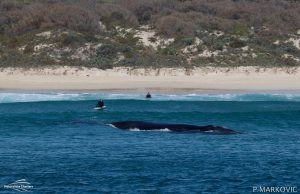
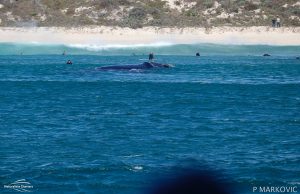
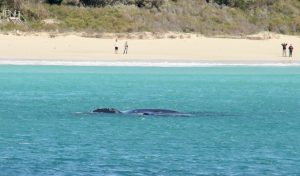
Southern Right Whales are identified by the patches of callosities on the head. These are specialised, roughened patches of skin. About 5% of the right whale population in Western Australia has an unusual, mottled pale skin coloration. Blue whales have distinctive dorsal fin shapes, fluke markings and mottling on their flanks that allow individuals to be identified.
Sperm Whales
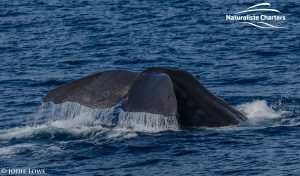
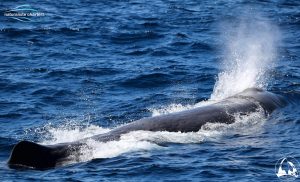
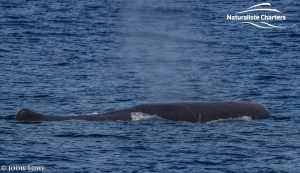
Sperm whales can be identified by the variations in nicks and notches on the trailing edge of their flukes (tail). Adult males are much larger than females, and can also be distinguished by the presence or absence of calluses on the dorsal hump. A large percentage of females (about 85%) have calluses, whereas males almost never have them.
False Killer Whales and other Dolphins
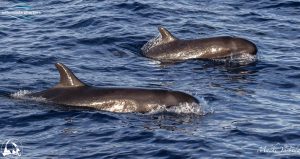
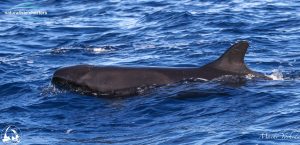
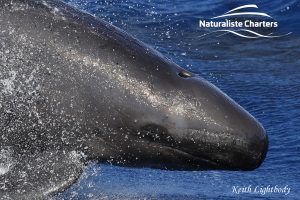
Over time, information from photographic identification studies provides a wealth of information about whales and dolphins including:
population size / survival rates / reproduction / social organisation

